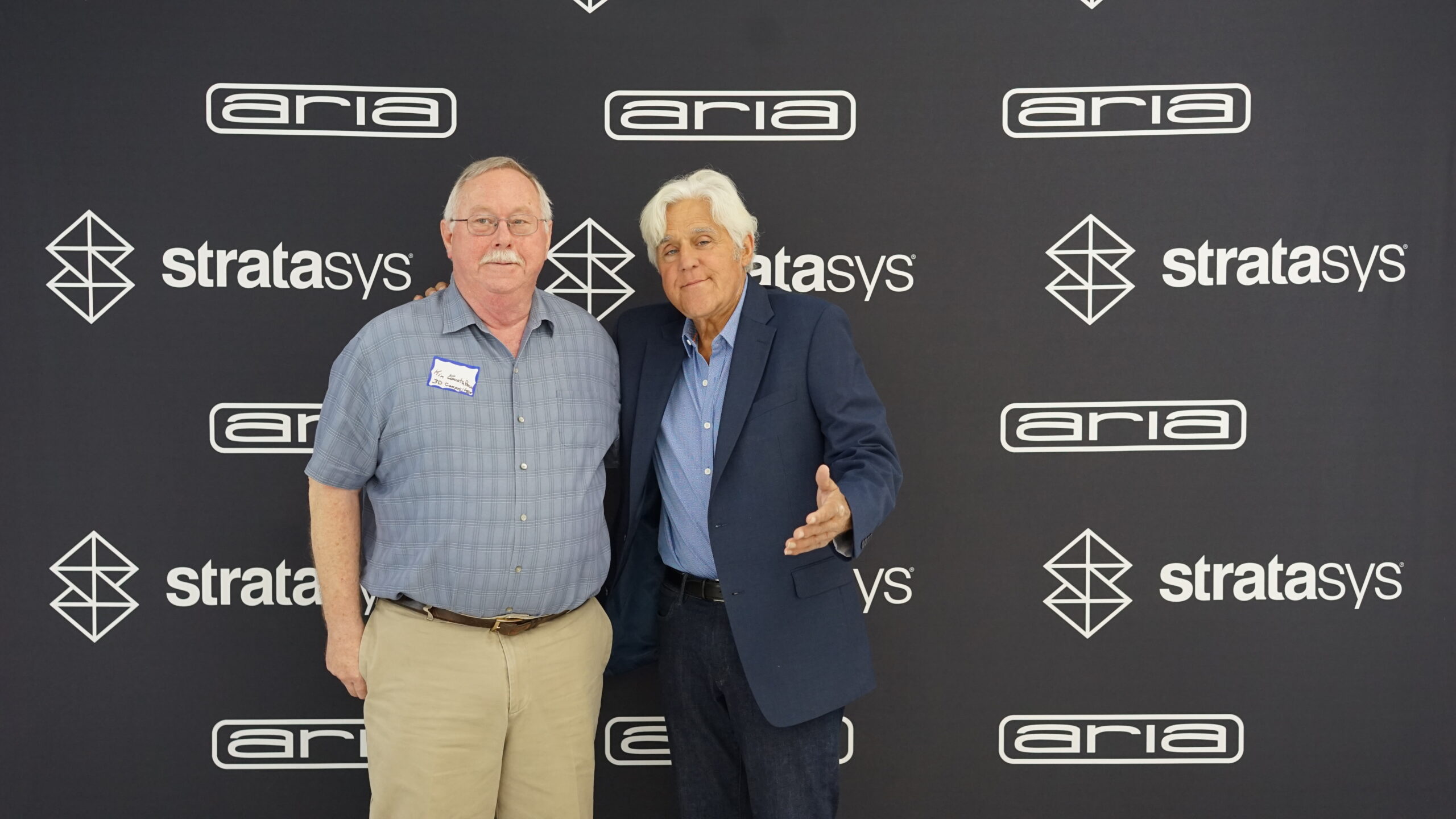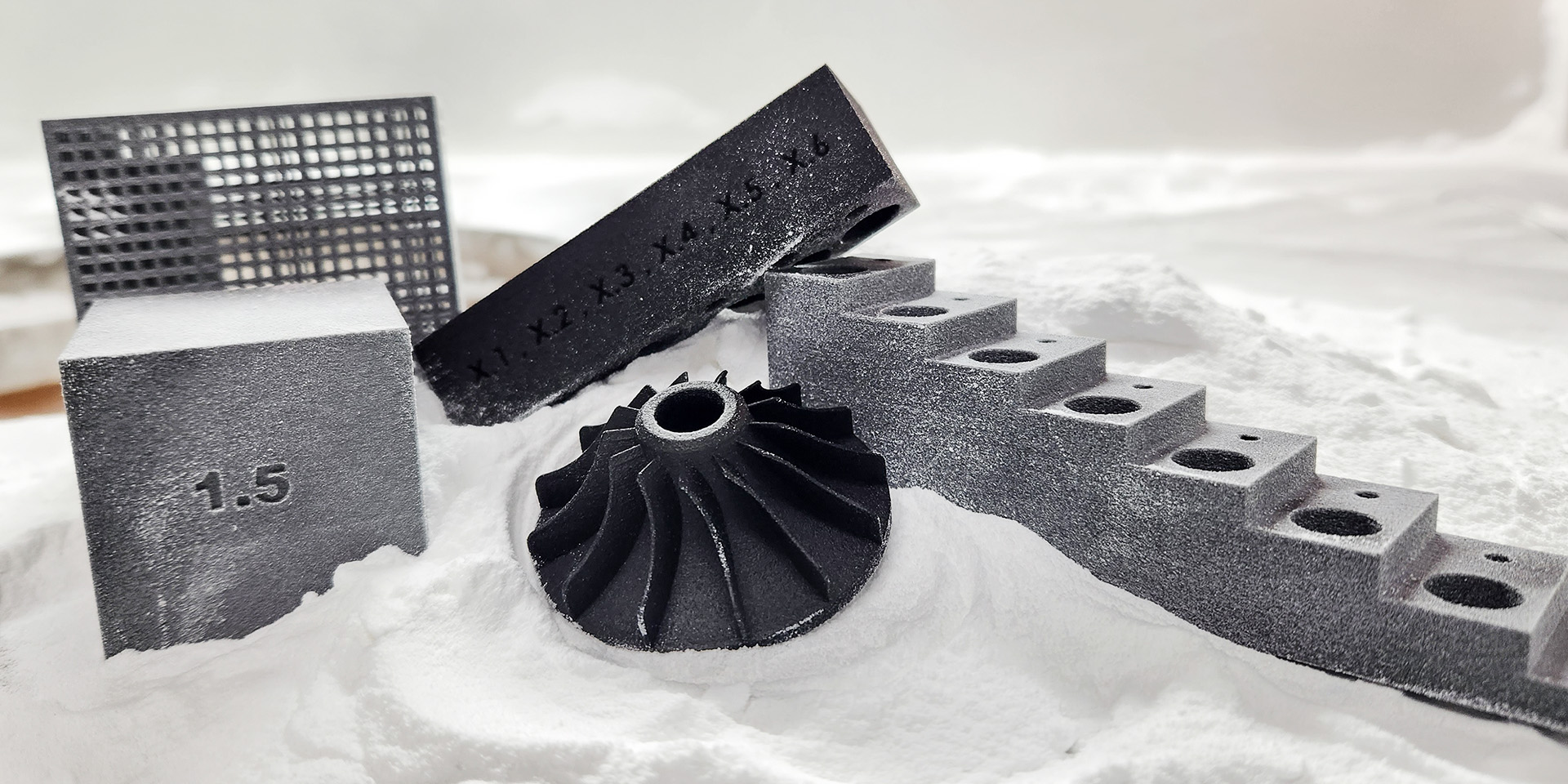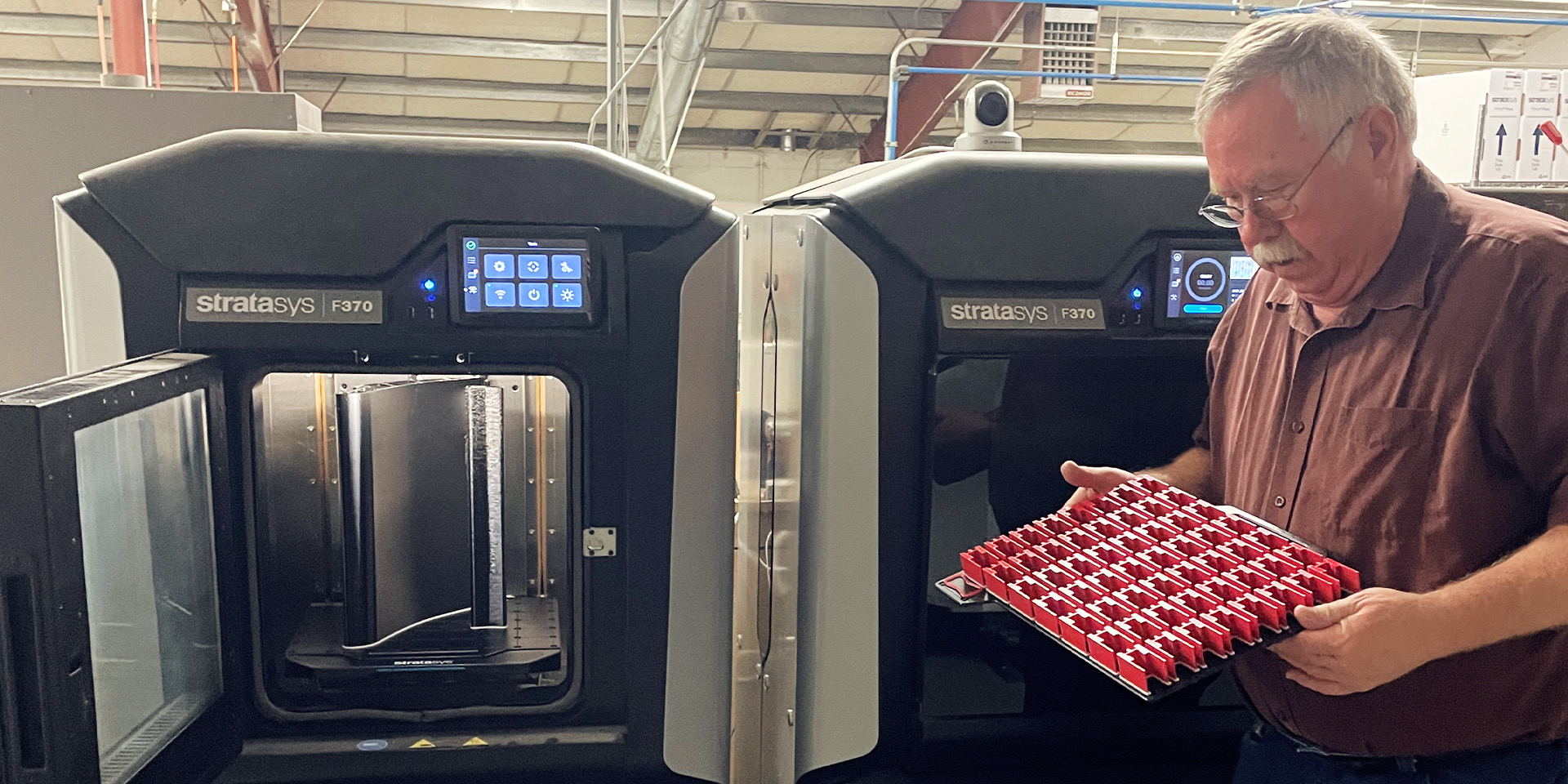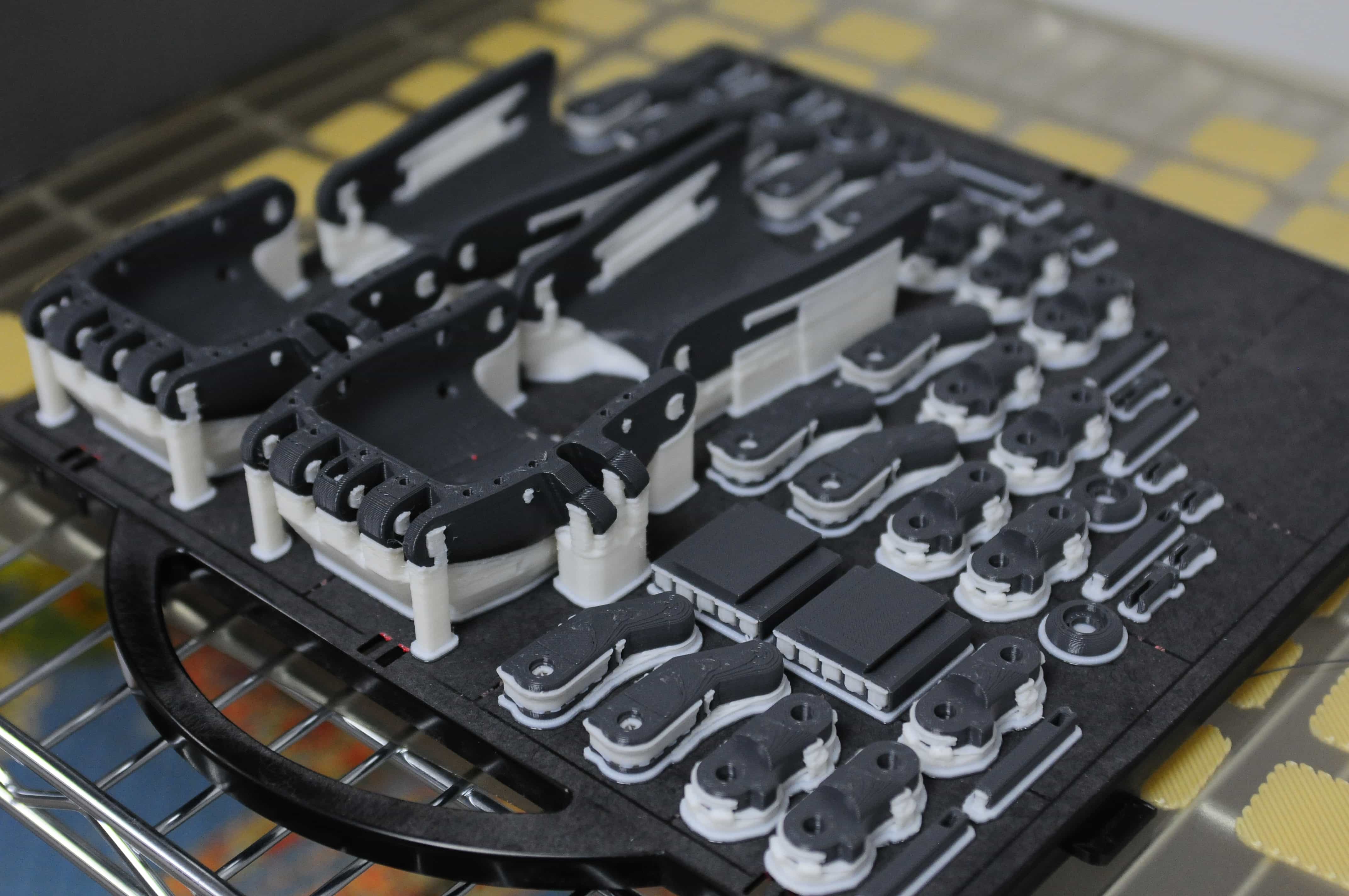Last week Kim was invited to attend an exclusive Stratasys Blue Carpet…
FDM
SLS, SLA, or SAF? Comparing 3D printing methods
There are many different 3D printing processes that have been developed in…
Additive Manufacturing Outlook for the New Year
What 3D printing process is best for your industry? Whether you are…
3D Printing a hand with e-NABLE
3DC’s Tony Troutman puts together the Raptor Reloaded hand from the eNabling…





